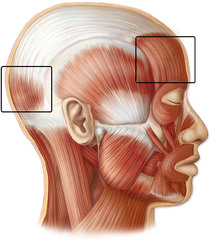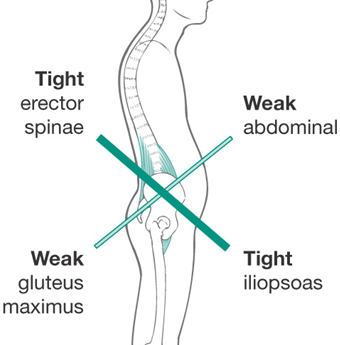What is medical acupuncture?
Medical acupuncture is otherwise known as western acupuncture or dry needling and is loosely related to traditional chinese acupuncture, but differs from it both from the perspective of the fundamental principles as well as the way that the needles are applied. In traditional chinese medicine needles are applied along the lines of qi or meridians, and often the needles are inserted only a small distance into the skin.
In medical acupuncture, on the other hand – needles are inserted into the skin to various depths into the muscle belly – often in excess of 15mm, up to a distance of around 35mm, depending on the location and size of the muscle being targeted. This may sound like a lot, but the needles are going in at an oblique angle to the skin, and penetration distances around 35 mm are common. In the case of the gluteal muscles these could easily be in the 60mm range.
Muscle relaxation is achieved in a fast way and tends to have a long-lasting effect. The needles which are used are the same as a traditional chinese practitioner would use – they are solid, thin needles (0.25mm). The needles come with their individual plastic guide tubes which helps with initial needle insertion, as well as greatly reducing the discomfort felt when the needle is inserted.
It goes without saying that the needles come individually wrapped and are single use only. The needles are sourced from Phoenix Medical – a very reputable company. The inserted part of the needle is manufactured from stainless steel and the handle of the needle is made of brass; the choice of these materials is aimed at improving the safety of the needles for both the practitioner as well as the patient.
What to expect during a treatment session:
Medical acupuncture is offered as a technique that takes part of a treatment session. In other words – after obtaining consent from the patient to use acupuncture as a treatment modality, as practitioner I would choose a muscle or muscle group that I think would benefit most from dry needling. I would proceed to insert the acupuncture needles to the desired depth as well as choose an appropriate time for the needles to remain inserted, which would depend on the effect that I am trying to achieve. During the time that the needles are left in place I will very often work on another area of the body using other techniques, for example cross fibre soft tissue work (deep tissue massage therapy).

